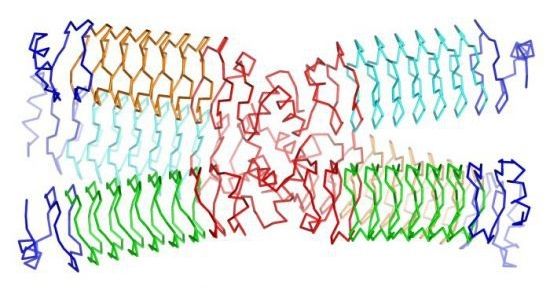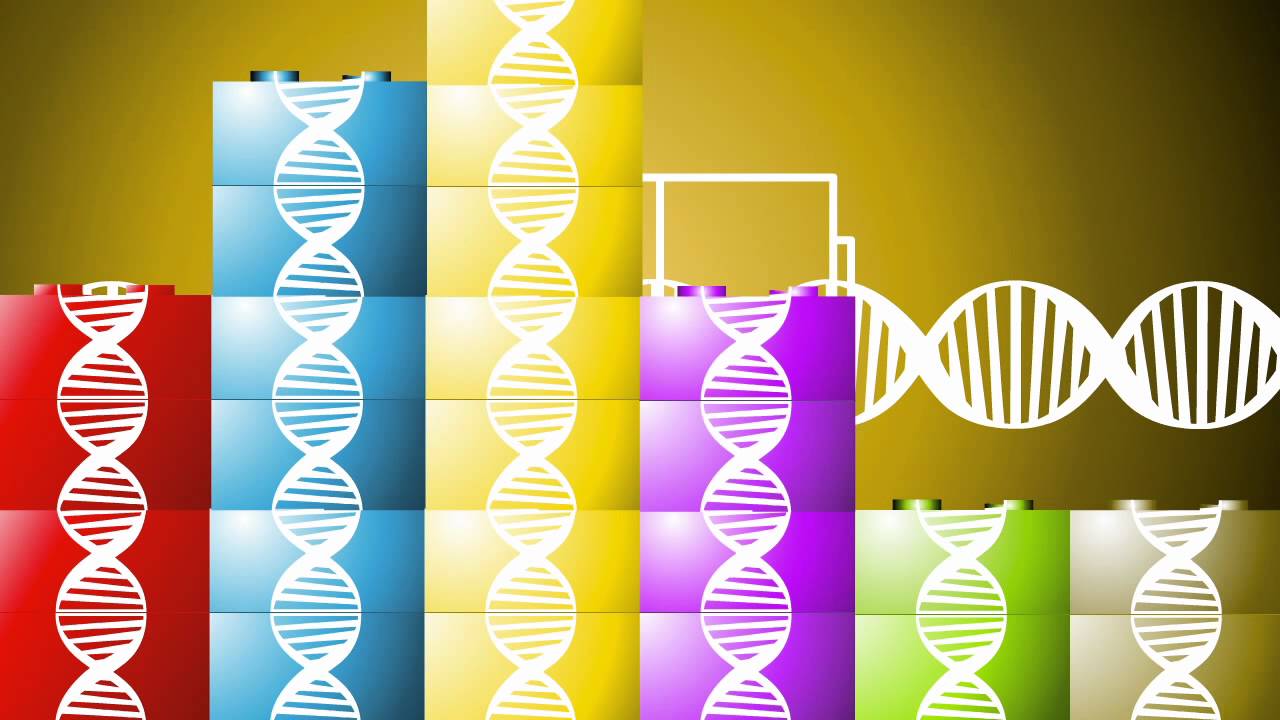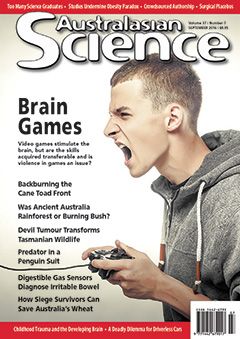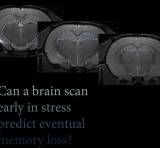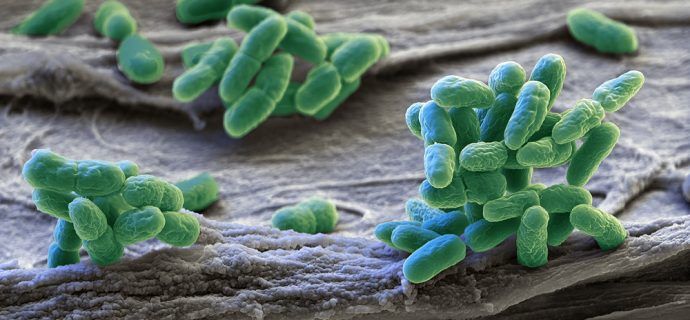Aug 31, 2016
A New Way to Create Synthetic Proteins Could Lead to More Flexible Designs
Posted by Karen Hurst in categories: biological, nanotechnology, singularity
Nice advancement for the nanomaterials space particularly as we look at ways to improve machines, devices, BMI, living buildings or other living structures, etc. Definitely advances efforts around Singularity.
Proteins perform a myriad of functions essential for life. They also make up important and useful biological materials, for example spider silk, which is exceptionally strong but still flexible.
The ability to design completely new proteins would help scientists create nanomaterials that, like spider silk, have a specific microstructure that confers useful properties.
Continue reading “A New Way to Create Synthetic Proteins Could Lead to More Flexible Designs” »
